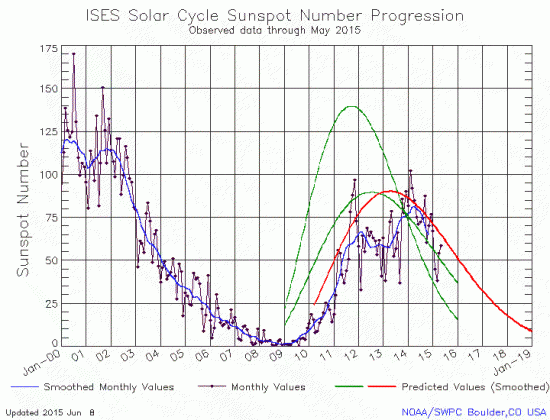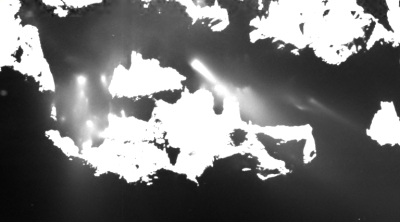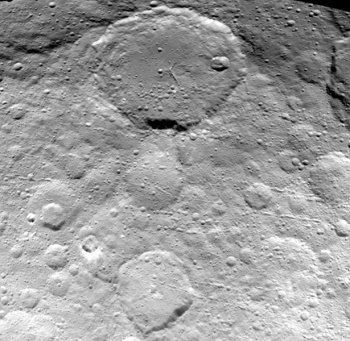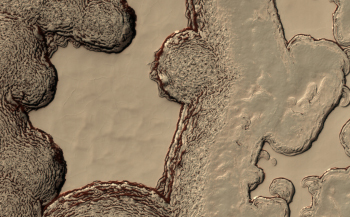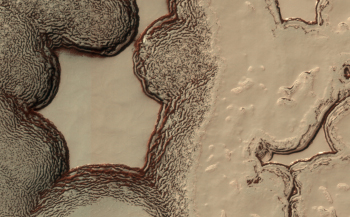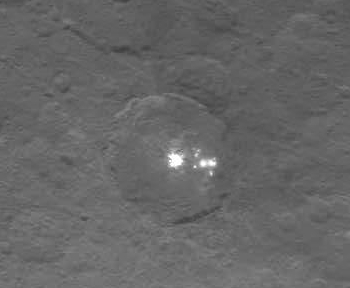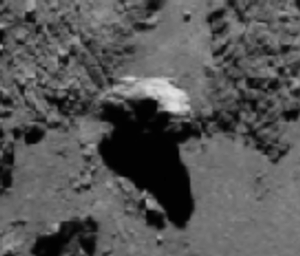Did some dinosaur soft tissues survive fossilization?
The uncertainty of science: New research strongly suggests that within dinosaur fossils are found many preserved soft tissues from when the creature was still living.
As early as the 1970s, researchers captured images of what looked like cellular structures inside dinosaur fossils. But did the structures contain actual tissue? Proteins commonly decay hundreds to thousands of years after an organism dies, but in rare cases they have been known to survive up to 3 million years. In a series of studies beginning a decade ago, a team led by North Carolina State University paleontologist Mary Schweitzer reported that they had extracted what appeared to be collagen, the most abundant protein in bone, from a 68-million-year-old T. rex fossil. They sequenced fragments of the protein and concluded that it closely matched that of birds, dinosaurs’ living descendants (see here and here). But other teams haven’t been able to replicate the work, and others suggested that the collagen could be contamination.
The new study, led by materials scientist Sergio Bertazzo and paleontologist Susannah Maidment, both of Imperial College London, has a different strategy for hunting down ancient proteins. Bertazzo, an expert on how living bones incorporate minerals, uses a tool called a focused ion beam to slice through samples, leaving pristine surfaces that are ideal for high-resolution imaging studies. He teamed up with Maidment to apply the technique to eight chunks of dinosaur toe, rib, hip, leg, and claw.
What they found shocked them. Imaging the fresh-cut surfaces with scanning and transmission electron microscopes, “we didn’t see bone crystallites” as expected, Maidment says. “What we saw instead was soft tissue. It was completely unexpected. My initial response was these results are not real.” [emphasis mine]
It must be noted that the new research depends on many uncertainties that still need to be replicated or confirmed.
The uncertainty of science: New research strongly suggests that within dinosaur fossils are found many preserved soft tissues from when the creature was still living.
As early as the 1970s, researchers captured images of what looked like cellular structures inside dinosaur fossils. But did the structures contain actual tissue? Proteins commonly decay hundreds to thousands of years after an organism dies, but in rare cases they have been known to survive up to 3 million years. In a series of studies beginning a decade ago, a team led by North Carolina State University paleontologist Mary Schweitzer reported that they had extracted what appeared to be collagen, the most abundant protein in bone, from a 68-million-year-old T. rex fossil. They sequenced fragments of the protein and concluded that it closely matched that of birds, dinosaurs’ living descendants (see here and here). But other teams haven’t been able to replicate the work, and others suggested that the collagen could be contamination.
The new study, led by materials scientist Sergio Bertazzo and paleontologist Susannah Maidment, both of Imperial College London, has a different strategy for hunting down ancient proteins. Bertazzo, an expert on how living bones incorporate minerals, uses a tool called a focused ion beam to slice through samples, leaving pristine surfaces that are ideal for high-resolution imaging studies. He teamed up with Maidment to apply the technique to eight chunks of dinosaur toe, rib, hip, leg, and claw.
What they found shocked them. Imaging the fresh-cut surfaces with scanning and transmission electron microscopes, “we didn’t see bone crystallites” as expected, Maidment says. “What we saw instead was soft tissue. It was completely unexpected. My initial response was these results are not real.” [emphasis mine]
It must be noted that the new research depends on many uncertainties that still need to be replicated or confirmed.

